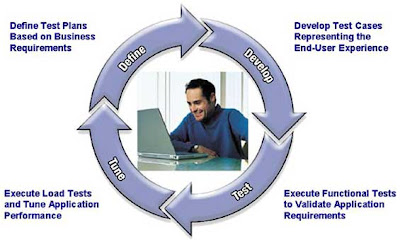
SUPPORTING SAP
By
Jorge Jaramillo
Recommendations to Build a Sucessful SAP Support Model
#1 - Realize why support is difficult
Status quo support environments that do not foster motivation or empowerment of employees. This is directly relevant in view of the recent employee survey.
Basis must be effective and responsible to their customer.
Basis support staff must be known and stable.
Unreasonable service levels demanded by the business.
Flood of calls by business for a variety of reasons (training/ lack of involvement).
# 2 - Align Work with Support Capacity
Help define and manage the processes and competencies required for support:Meeting with end users to discuss problem definition to resolution.
Knowledge transfer to users.
Risk Management processes including security and authorization.
The process of requesting user ids and authorizations needs to be well known.
# 3 - Align business objectives, SAP objectives, and IT objectives
Process and data ownership is not fully understood by the business.
Governance agreements are key.
# 4 - Address staff management issues early
Define career paths for personal growth to attract and retain the best people.
Define SAP support team (including basis) responsibilities clearly. These should include:
1- Updated Job Descriptions
2- Detailed Documentation required for all projects
3- Understand who the customer is.
Design support processes for a seamless end user experience.
Define the right skills that correlate to support processes.
Management buy-in.
# 5 - Set achievable goals for the new support organization
A “Big Picture” has to be in place for the support organization to succeed.
Understand that setting up the support organization is only the first step.
Once in place, the support environment must be managed properly and optimized in order for business value to be realized.
# 6 - Be Flexible
Flexibility and agility to adapt to changing end user, business, and company requirements is critical for the support organization to drive value.
For long term success, let the support organization grow, evolve in unison with the business.
Build the complimentary organizations to help the support organization succeed
Acquiring, retaining, training, growing talent for support organization
Recognition that most support organizations are evolutionary
Successful support organizations are strategic to the Business - They should not be viewed as just a helpdeskSAP Support Failure Reasons
The following is a list of reasons why projects fail and how to avoid failure.
1. Projects fail due to improper communication; you must have a communicationplan - who is the customer, what to communicate and what method of communication.
2. Projects fail due to lack of change management control - control and communicate the impact of changes to project scope.
3. Projects fail due to lack of leadership (project manager) and sponsor support - the project manager builds and supports the team - the sponsors support the project.
4. Projects fail due to improper risk management - you must understand the risks to the project and just as importantly the risks to the business.
have a plan to deal with the risks.
To succeed as a project manager one must have leadership skills, oral and written communication skills, and people skills. These skills are developed in the real world.
The team must have a commitment and a willingness to get their hands dirty in doing the difficult stuff, like talking with users, getting to grips with risks and issues and impact.
It is true, no man is an island.
More practically, SAP projects fail because in large companies, SAP is seen to be another computer/system project and therefore not really worth the attention of top management.

































